
Shop
Stirling Engine Portable Powerhouse – Physics Classroom Experiment
$74.95
Stirling Engine Portable Powerhouse – Physics Classroom Experiment
10 in stock
Description
Stirling Engine Portable Powerhouse
by Heebie Jeebies
The Stirling Engine was invented by Reverend Dr. Robert Stirling in 1816 and was presented as a new, safer alternative to the notoriously dangerous steam engines used during the industrial revolution. Stirling’s engine never replaced steam engines on a large scale, but its innovation inspired the invention of better grades of steel and safer steam engines. However, this engine still has potential for use in today’s world, being more efficient than a gasoline or diesel engine. In fact, it is used for very special applications where its quietness is important, for example, in submarines.
How It Works:
The Stirling Engine uses external heat as an energy source and contains a fixed amount of gas within the chamber. There are some key components about gas that make the engine work. If you raise the temperature of a gas in a fixed volume, the pressure will increase. If you compress the gas, or in other words, decrease the volume of its space, the temperature will rise. The cycle repeatedly moves hot gas from the bottom of the cylinder to the top, cooling it before bringing it back down by compressing it, heating it up again. The changing pressure and temperature of the gas in the chamber is what causes the piston to rise and fall. The Stirling Engine uses this cycle of expansion and contraction of gas to extract energy and turns the flywheel attached to the piston.
Try It Out:
Apply a hot or cold source approximately 20°C/36°F different to ambient temperature and your Stirling Engine will run. Try a hot cup of tea or a very warm hand on a very cold day!
This simplified version of the Stirling Engine is a great way to teach students about thermal/kinetic energy.
Key Features:
- Measures approximately 4″ W x 5.5″ H – perfect size for placing on a teacup!
- Over 220rpm
- Only 20°C/36°F variation to operate
- Made of stainless steel and glass
**This engine can become warped if temperatures are too high. Use only for demonstration purposes.
Additional Information
| Weight | 0.363 kg |
|---|---|
| Manufacturer | Heebie Jeebies |
| UPC | '9341570003826 |

 3D Holographic Glasses w Patriotic Frame-See STARS at Any Bright Point of Light-Pack of 5
3D Holographic Glasses w Patriotic Frame-See STARS at Any Bright Point of Light-Pack of 5
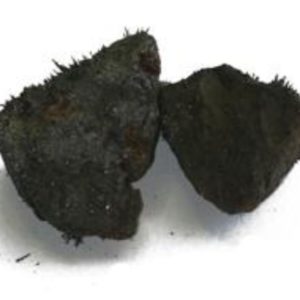 Magnetic Lodestone Rock Mineral Specimens 3/4 - 1 Inch - Pack of 2 w Info Card
Magnetic Lodestone Rock Mineral Specimens 3/4 - 1 Inch - Pack of 2 w Info Card
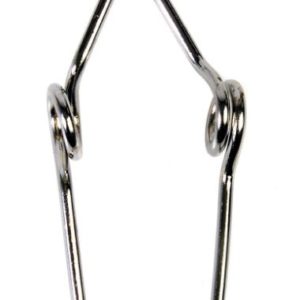 5" Stoddards Test Tube Clamp with Finger Grips - Nickel Plated Steel Finish
5" Stoddards Test Tube Clamp with Finger Grips - Nickel Plated Steel Finish
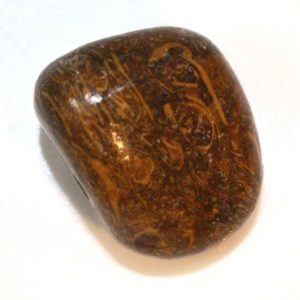 Polished Hieroglyphic Stone .75 Inch Rock w Info Card
Polished Hieroglyphic Stone .75 Inch Rock w Info Card
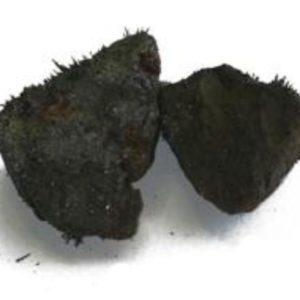 Small Lodestone Rock Naturally Occurring Magnet 3/4 - 1 Inch w Info Card
Small Lodestone Rock Naturally Occurring Magnet 3/4 - 1 Inch w Info Card
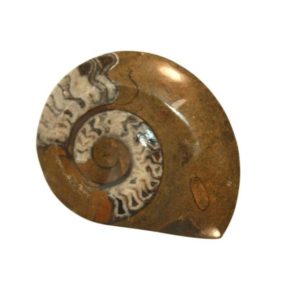 Large Polished Ammonite Fossil 3.75 Inches
Large Polished Ammonite Fossil 3.75 Inches
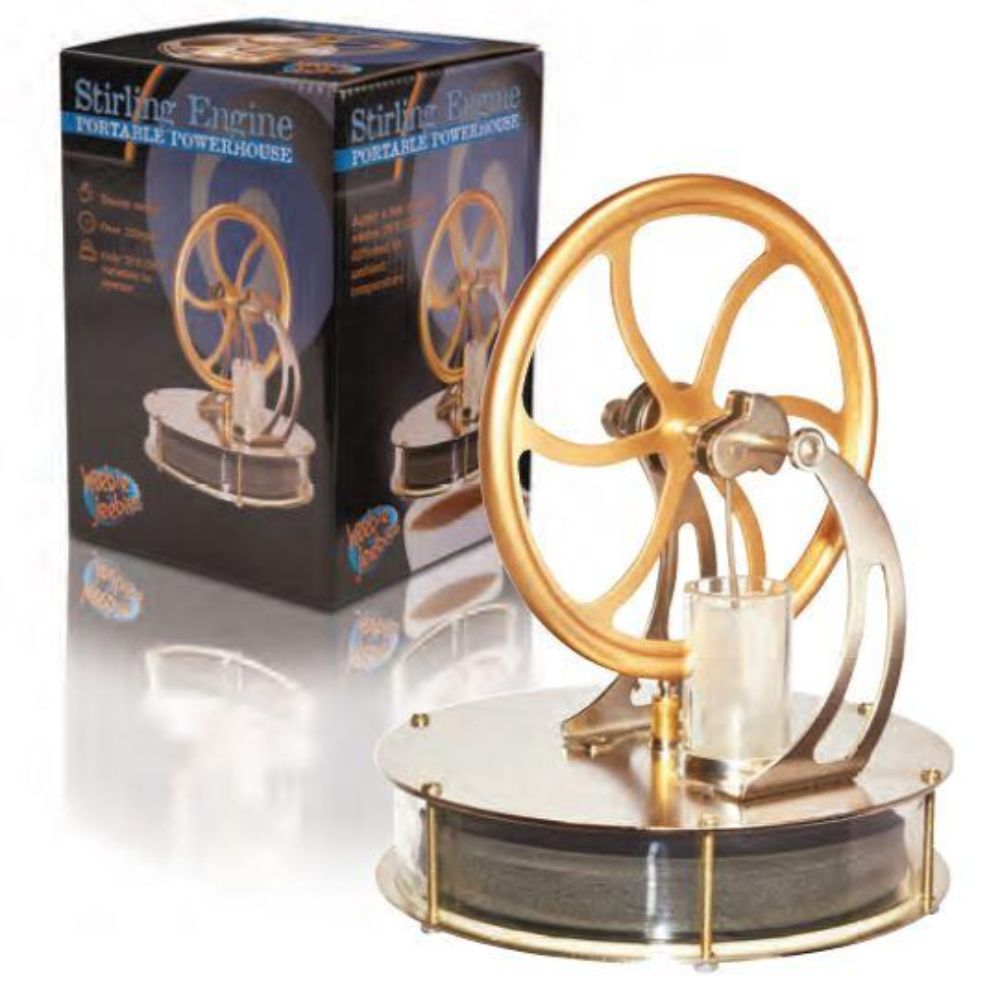
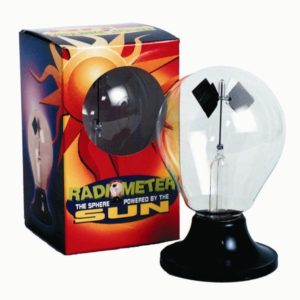


Reviews
There are no reviews yet.